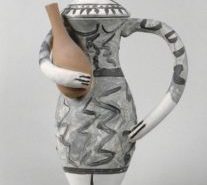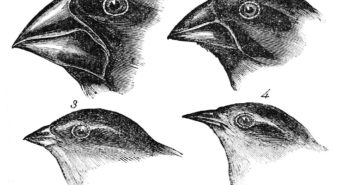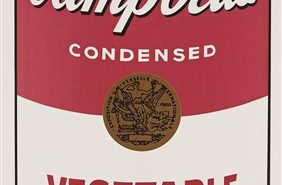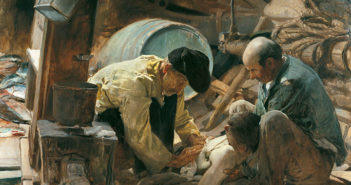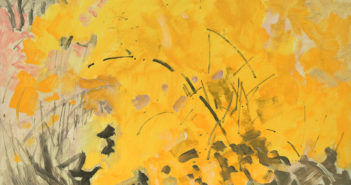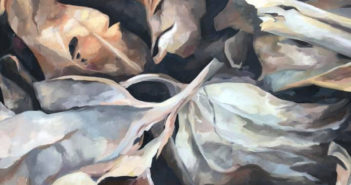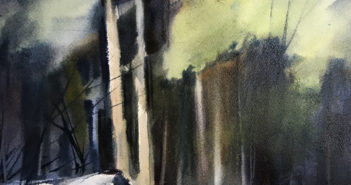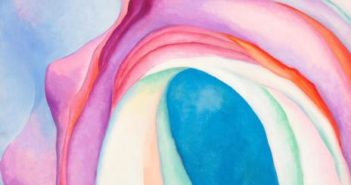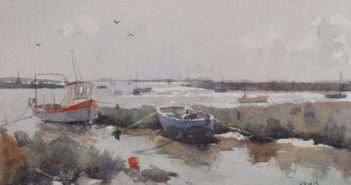
A recent study published by the National Academies of Sciences, Engineering, and Medicine has reframed the vulnerabilities of the risk-taking, reward-seeking brains of adolescents. Now, it seems, those teenage brains are actually powerhouses of creativity. After all, we can’t develop new ideas or build skill without taking chances. Innovation requires a near-absence of caution — once considered a weakness in young people, but something scholars now believe could be a teen’s greatest creative strength.

